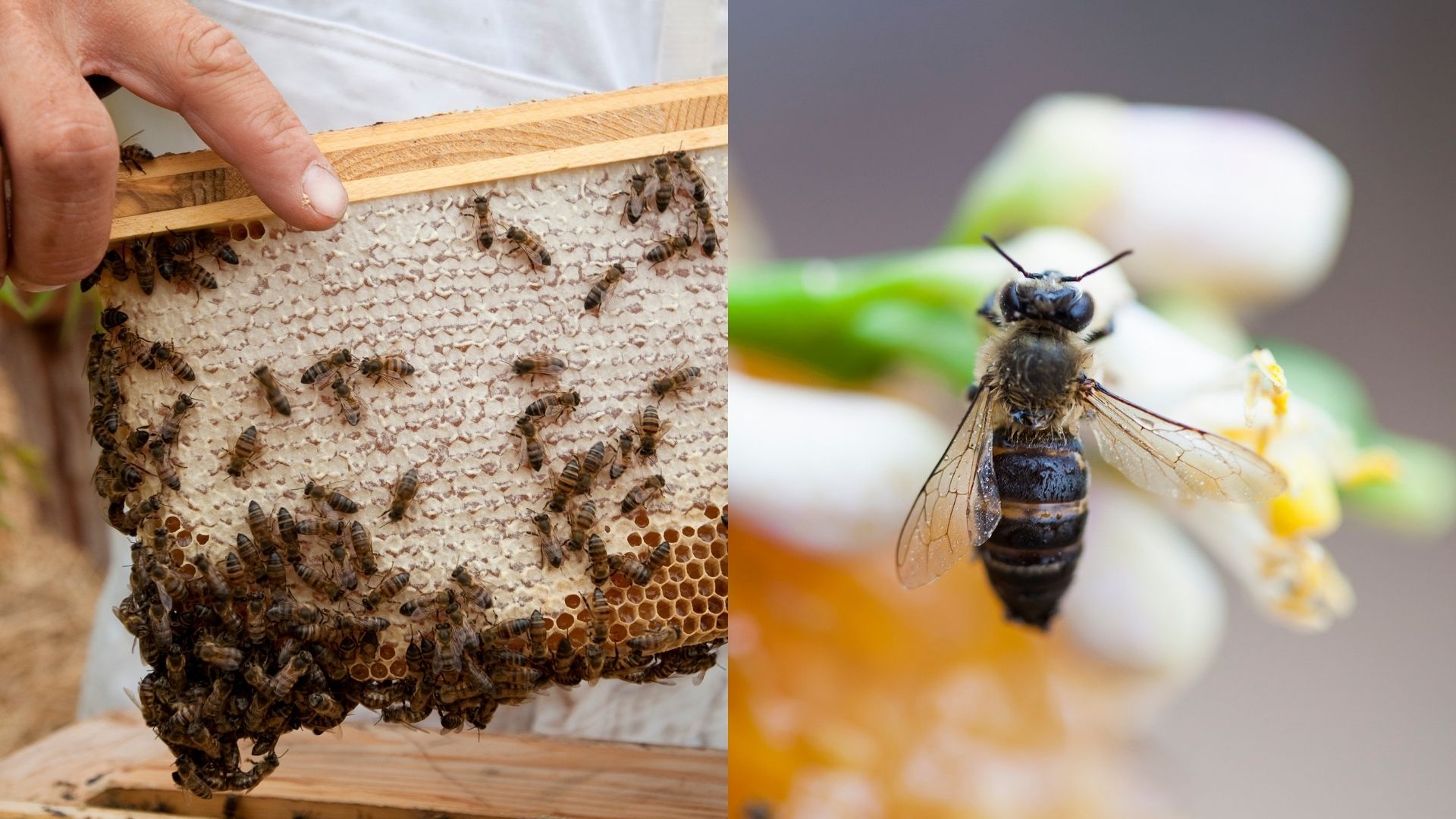
Look for a natural space with limited pedestrian foot traffic.To give your pollinator garden the best chance to grow, your location must consider the following: This business success truism applies to pollinator gardens too. 5 Steps to Growing a Successful Pollinator Garden in Your Community

By increasing the count of pollinator gardens from community to community, we provide the spaces pollinators need to flourish and to keep doing the cherished work that they do. The good news, is that something can be done. You can see where a world without bees and other pollinators would leave us. The current commercial value of bees to crop pollination in Canada is estimated at over $2 billion annually, and across the border that total is $15 billion. Without action, the impact on global agricultural production would be devastating, food insecurity would grow, and economical impediment would follow.

For instance, we have a bee crisis on our hands, with cases of Colony Collapse Disorder running rampant across the world. Why is this topic more timely than ever? Because the population of pollinators is declining, rapidly for some species. Thus we need to keep creating spaces where they can thrive. Simply put, pollinators are essential to our existence. Studies also prove a positive correlation between pollination and photosynthesis, which not only allows plants to grow and feed humankind, it creates clean air for us all to breathe. Another magical “side effect” of these busy beasts, is that they help create and maintain beautiful gardens, green spaces, and flora for all to enjoy. Pollinators are responsible for fertilizing plants, playing an irreplaceable role in the production of seeds, fruits, and vegetables. A pollinator garden is an oasis for birds, bees, beneficial bugs, and other animals that transport pollen from one part of the flower to another.


 0 kommentar(er)
0 kommentar(er)
